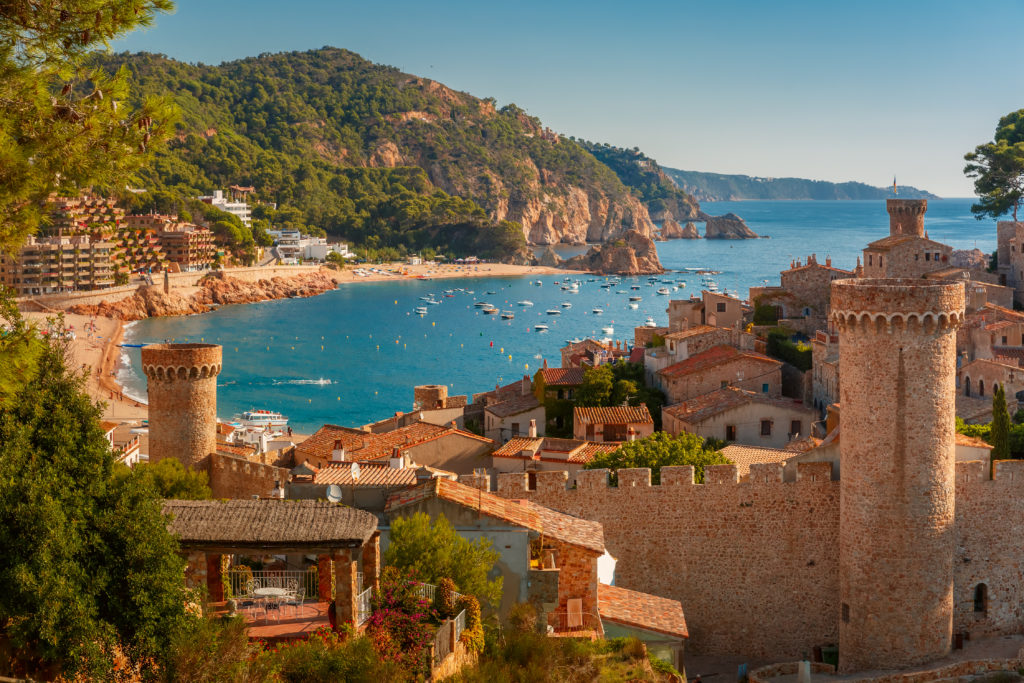Myths And Legends To Explore Along The Spanish Coast
 When you think of Spain there are quite a number of things that are sure to come to mind… but you might be surprised that many of them aren’t even true! There are plenty of myths and legends in the mystical country of Spain that have somehow ventured out into the world as unofficial fact. So, we are here to help set the record straight while introducing you to some of the most fascinating myths and legends you can explore while you’re traversing along the Spanish coast.
When you think of Spain there are quite a number of things that are sure to come to mind… but you might be surprised that many of them aren’t even true! There are plenty of myths and legends in the mystical country of Spain that have somehow ventured out into the world as unofficial fact. So, we are here to help set the record straight while introducing you to some of the most fascinating myths and legends you can explore while you’re traversing along the Spanish coast.
Let’s Start Off with 3 Surprisingly Common MYTHS
- Bull fighting isn’t actually as common in Spain as you might think; in fact, it’s banned in Catalonia and the Canary Islands. If you visit the more southern parts of the country you’ll find the sport is more prevalent, but if you bring it up with the locals you may be taken aback at how much they actually dislike the sport. A safer topic? Soccer!
- Flamenco dancing is a traditional dance, but that doesn’t mean everyone loves it! Flamenco originated in the southern part of Spain, but while it’s a traditional dance form you won’t find that all of the locals partake in it. It’s usually reserved for special occasions, and the Spanish tend to gravitate more towards the Opera or other musical shows. So, you’ll still find an appreciation for the arts and culture here, but don’t feel like you have to pack your dancing shoes!
- There is no traditional recipe for sangria. This one might be a bit of a shock, but it’s true! While the Spanish are known to stay up much later than other parts of the world and many areas of the country boast some of the best nightlife you can find, sangria isn’t actually the drink of the locals. It’s been hyped up for tourism, so if you want a more authentic experience feel free to ditch the sangria and go for the local tap beers, wines or mixed drinks.
Meet the Spanish Boogieman, El Coco
While El Coco isn’t just a story for children on the coast, it’s a fascinating piece of Spanish culture that’s worth learning about. If you’ve ever heard of the Boogieman or similar stories of monsters that come to take away bad children, then you pretty much know the story of El Coco. Rumor has it a man by the name of Francisco Ortega fell ill with tuberculosis and desperately sought a cure from Curandera. According to Curandera, he would be cured if he drank the blood of children so he kidnapped a young boy; thus, the story of El Coco was born! Now, parents sing the lullaby to children to get them to sleep, telling them “Duermete niño, duermete ya, que viene el coco y te comerá (Sleep child, sleep now… or else the Coco will come and eat you.).”
Dwarves and Giants in Catalonia!? Oh My!
 If your Spain journey brings you to Costa Brava or the Gracia district of Barcelona, you may just come across odd-looking figures with exaggeratedly large heads and other strange creatures. Dating as far back as the 14th century, these giants, dwarves and creatures are representatives of important people from local history, such as the king and queen, or even the common locals. It’s a pretty big deal in this part of Spain, as they even have what’s referred to as “giant carries” to carry the figures around the streets during festivals or parades. So if you’re interested in something new and photo-worthy, be sure to check this out!
If your Spain journey brings you to Costa Brava or the Gracia district of Barcelona, you may just come across odd-looking figures with exaggeratedly large heads and other strange creatures. Dating as far back as the 14th century, these giants, dwarves and creatures are representatives of important people from local history, such as the king and queen, or even the common locals. It’s a pretty big deal in this part of Spain, as they even have what’s referred to as “giant carries” to carry the figures around the streets during festivals or parades. So if you’re interested in something new and photo-worthy, be sure to check this out!
Do You Know the Origin of Barcelona?
Finishing up our list of myths and legends is the mystery of the name of one of Spain’s most notable cities, Barcelona. Depending on who you talk to, you’ll hear different stories about how Barcelona came into existence. One proposes that the name comes from Barca (boat) and Nona (ninth), based on the legend that Hercules was once sailing with nine ships which got separated and reunited until only one was left. When this ninth ship was found, it was discovered at the bottom of Montjuïc, which was then names Barcelona by the crew members. Another legend, however, simply says that the city was named after Hannibal’s father, Hamilcar Barca, who founded the city years ago. Whatever is true, it’s still a popular tourist destination, for good reason!